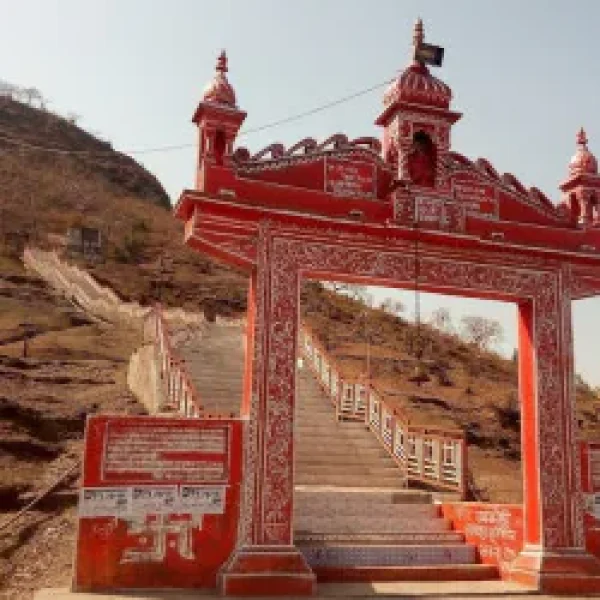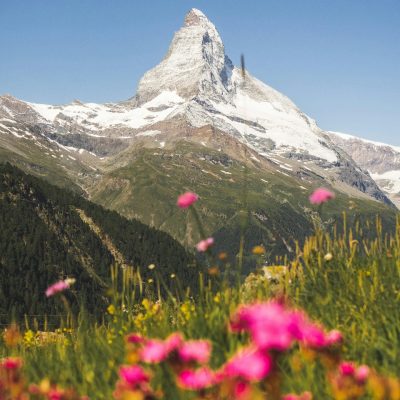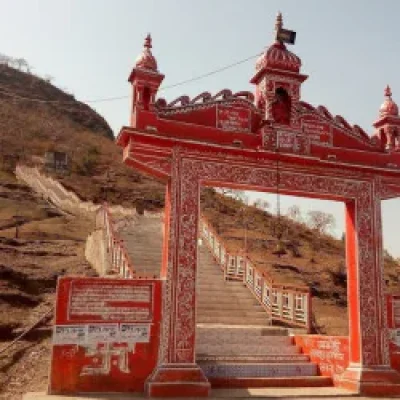Pawdi Wala Temple represents a hidden gem of spiritual significance nestled in the serene hills of Himachal Pradesh, dedicated to local deities that hold special importance in regional Hindu traditions. This ancient temple complex showcases traditional Himachali religious architecture and serves as a center for local cultural practices that have been preserved for generations. The temple’s peaceful setting and authentic spiritual atmosphere make it a favorite destination for devotees seeking genuine religious experiences.
The temple’s unique name, “Pawdi Wala,” refers to the series of stone steps (pawdi) that lead to the main shrine, creating a symbolic journey of spiritual ascension for devotees. These carefully crafted steps wind through natural rock formations and traditional architectural elements, with each level offering different perspectives of the surrounding landscape. The ascent becomes a meditative experience, preparing visitors mentally and spiritually for their encounter with the divine.
The main deity of the temple holds special significance in local mythology and religious practices, with numerous legends and miraculous stories associated with divine interventions and answered prayers. Local priests, often belonging to families that have served the temple for multiple generations, maintain traditional rituals and provide authentic spiritual guidance to visitors. The temple’s ceremonies follow ancient practices that preserve important cultural traditions.
The temple complex includes several smaller shrines dedicated to various Hindu deities, creating a comprehensive spiritual environment that addresses different aspects of devotional practice. Traditional festivals and religious celebrations throughout the year bring the local community together, showcasing regional music, dance, and cultural traditions. These events provide visitors with opportunities to experience authentic Himachali culture and participate in time-honored celebrations.
The natural setting of Pawdi Wala Temple enhances its spiritual appeal, with the surrounding forest providing a peaceful environment for meditation and contemplation. The sound of wind through trees, flowing streams, and bird songs creates a natural symphony that complements the temple’s sacred atmosphere. Many visitors find the combination of spiritual significance and natural beauty particularly conducive to prayer, meditation, and personal reflection.






